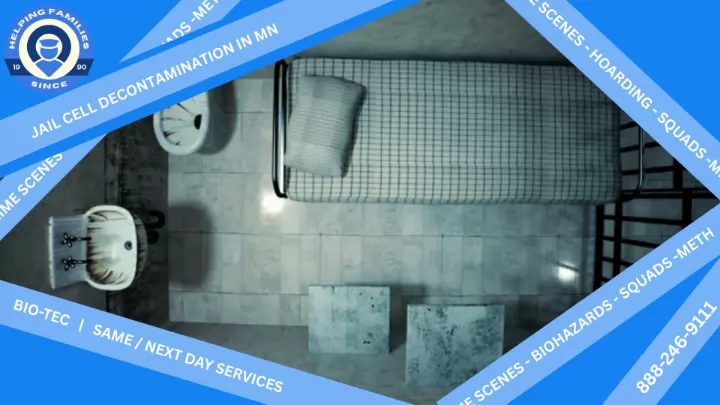What is the connection between air quality testing and water damage?
Water damage is a common cause of poor air quality, often leading to mold growth and increased humidity levels. Air quality testing can detect elevated moisture levels and airborne mold spores, even if the damage is not immediately visible. By identifying these issues early, property owners can take corrective actions such as fixing leaks, improving drainage, or installing dehumidifiers. Addressing water damage promptly prevents further deterioration of building materials and eliminates health risks associated with mold exposure. In this way, air quality testing serves as a proactive measure for both health and structural preservation.
What cleaning steps are necessary after exposure to biohazardous firefighting foam?
Foam residues are removed using safe cleaning agents and the vehicle is sanitized.
Can hoarding cleanup teams remove mold and mildew?
Yes, most professional hoarding cleanup teams have the expertise to handle mold and mildew removal. Hoarded homes often have excessive moisture, poor ventilation, and hidden mold growth behind clutter. If mold is found, cleanup professionals use specialized cleaning agents and protective gear to safely remove it. In severe cases, they may recommend mold remediation services to ensure the home is free from harmful spores. Mold removal is critical for maintaining indoor air quality and preventing respiratory illnesses.
What steps are taken for deep cleaning after transporting suspects exposed to hazardous spills?
Comprehensive decontamination includes upholstery, hard surfaces, and air systems.
How do professionals stay updated on the latest cleaning techniques?
Ongoing training, industry conferences, certification renewal courses, and professional networks help keep skills current.
Can meth contamination affect HVAC systems and appliances?
Yes, HVAC systems and household appliances can be significantly affected by meth contamination. During meth production, airborne chemicals are released and circulated throughout the building, often settling into the ducts and ventilation systems. This creates a reservoir for ongoing chemical exposure every time the system is used. Similarly, appliances such as stoves, microwaves, and washing machines can retain contamination on internal surfaces. Even after apparent surface cleaning, residues inside components can pose health hazards. Professional testing often includes HVAC swabs and recommendations for deep cleaning, replacement, or sealing of contaminated systems to prevent re-exposure.
Can hoarding cleanup services handle cases involving animals?
Yes, hoarding cleanup services often handle cases involving animal hoarding, which can pose serious health risks. Animal hoarding occurs when individuals keep more pets than they can care for, leading to unsanitary conditions, malnourished animals, and severe home damage. Cleanup teams work with animal welfare organizations to rescue and rehome pets while restoring the home to a safe condition. They also address biohazards such as pet waste, infestations, and structural damage caused by prolonged neglect. Mental health support is often recommended for individuals struggling with animal hoarding.
What advanced cleaning technologies are employed?
Technologies such as HEPA filtration, ultraviolet disinfection, and steam cleaning are commonly used.
Do odor removal services disrupt daily operations?
Professional odor removal services are designed to minimize disruption to daily operations. Treatments can be scheduled during non-business hours or off-peak times to accommodate clients needs. Many techniques, such as ozone therapy or HVAC cleaning, are fast and efficient, allowing businesses to resume operations quickly. Professionals work discreetly and efficiently, ensuring that the odor removal process is seamless and convenient for clients.
How are vehicles cleaned after transporting individuals with highly contagious diseases?
Every surface is sanitized using medical-grade disinfectants, and air circulation systems are treated.
